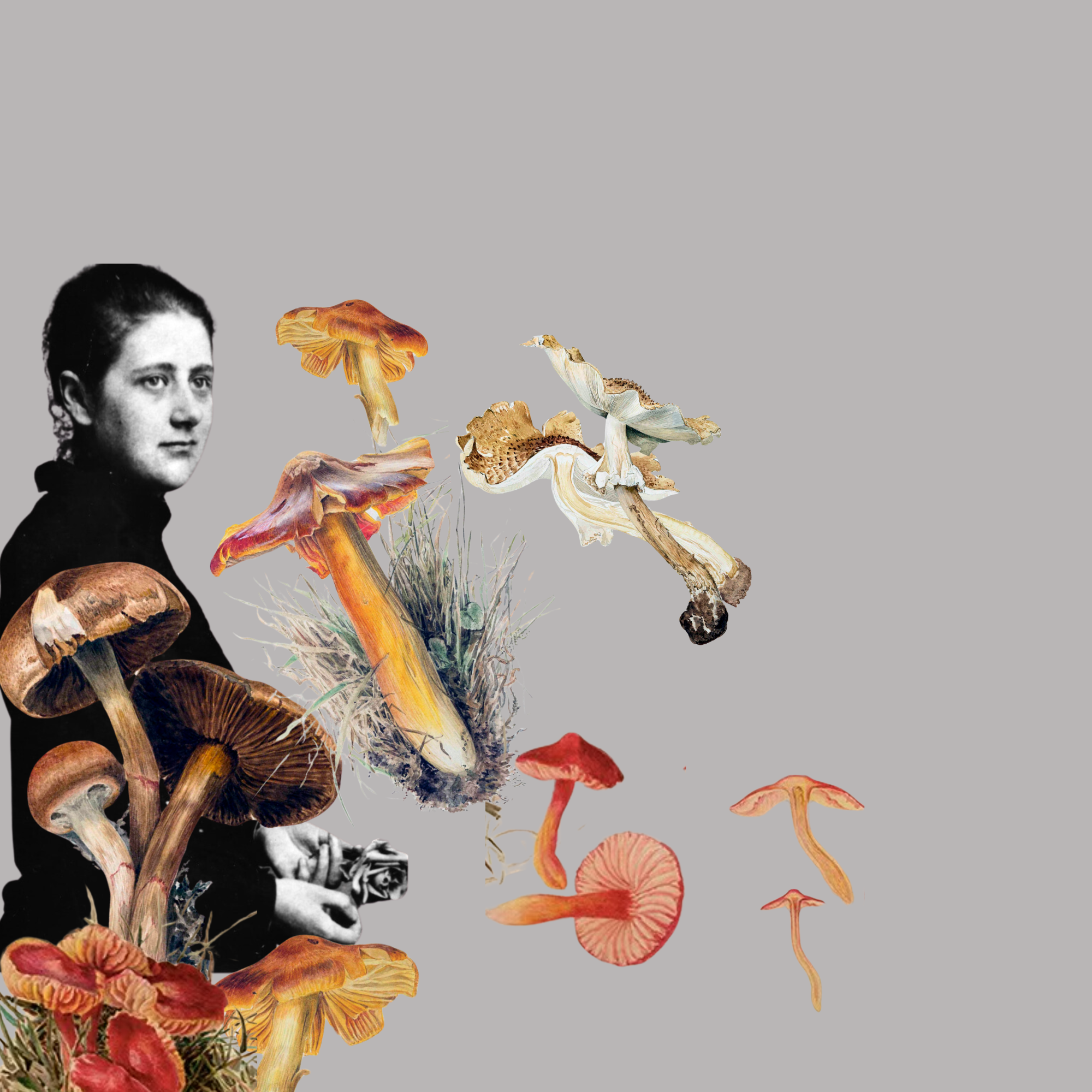
The Untold Story of Beatrix Potter: A Mushroom Pioneer
You might know Beatrix Potter as the creator of Peter Rabbit, but did you know she was also a mushroom expert? Long before she became famous for her children's books, Potter was deeply engrossed in the world of fungi, making groundbreaking contributions that, unfortunately, didn't get the recognition they deserved at the time. Here's the scoop on how Beatrix Potter was not just a storyteller but a science trailblazer in her own right.
From Sketches to Science
Beatrix Potter's love affair with mushrooms began with her illustrations. She wasn't just drawing; she was observing, studying, and recording the intricate details of mushrooms. Potter wasn’t content with merely capturing their beauty; she dived headfirst into understanding their secrets. Her work was so detailed and accurate that she developed her own theories about how mushrooms reproduce. However, back in her day, a woman doing scientific research was often brushed aside, and her work was no exception.
Breaking Barriers, Quietly
Potter faced the ultimate snub when she tried to present her research. The Linnean Society of London, a big deal in the science world, wouldn't let her speak because—guess what—she was a woman. Her uncle had to present her findings instead. Despite this setback, Potter's research on fungi was pioneering. She was one of the first to suggest that lichens are a symbiotic relationship between fungi and algae, a theory that was proven true much later. She is also credited with discovering the fungus, Tremella simplex, in 1896 while on holiday in Dunkeld. Tremella is often referred to as 'the beauty mushroom' for its ability to restore cells in the body these amazing mushrooms are high in antioxidants, which can protect skin from free radical damage that can cause premature aging. We use this amazing mushroom in our Tomato Cha Cha blend - thanks Beatrix!
Legacy Beyond the Garden
While Beatrix Potter is remembered fondly for her charming tales of woodland creatures, her legacy in mycology—the study of fungi—is a testament to her multifaceted talents and perseverance. She showed us that passion, curiosity, and a keen eye for detail could bridge the worlds of art and science in unexpected ways.
Other women who lead the way....
Another unsung hero of mycology is Mary Banning, known affectionately as the "Mushroom Lady." Despite having no formal scientific education, Banning dedicated her life to studying the fungi of Maryland, meticulously illustrating and describing over 200 species. Her work, "The Fungi of Maryland," remains an important resource for mycologists. Banning's perseverance in her studies, despite the societal expectations of her time, marks her as a pioneering figure in the field.
Elsie Maud Wakefield made her mark in mycology with her extensive research on rust and smut fungi. As the first female mycologist at the British Mycological Society and later its president, Wakefield's contributions were groundbreaking. Her work on the taxonomy of fungi significantly advanced the understanding of fungal diseases in crops, proving vital for agricultural science.
Today, many women continue to lead and innovate in mycology, building on the legacy of their predecessors. Scientists like Lynne Boddy, a professor specializing in fungal ecology, and M. Catherine Aime, who focuses on fungal systematics and biodiversity, are making significant strides in understanding fungal interactions and the role of fungi in ecosystems. Their work not only advances scientific knowledge but also champions the role of women in STEM fields.
Beatrix Potter's story is a powerful reminder of the contributions women have made to science against the odds. It also shines a light on the fascinating world of mushrooms—a world that's as full of mystery and intrigue as any story Potter penned. So next time you spot a mushroom on your nature walk, remember Beatrix Potter, who saw the wonder in fungi long before it was cool.

